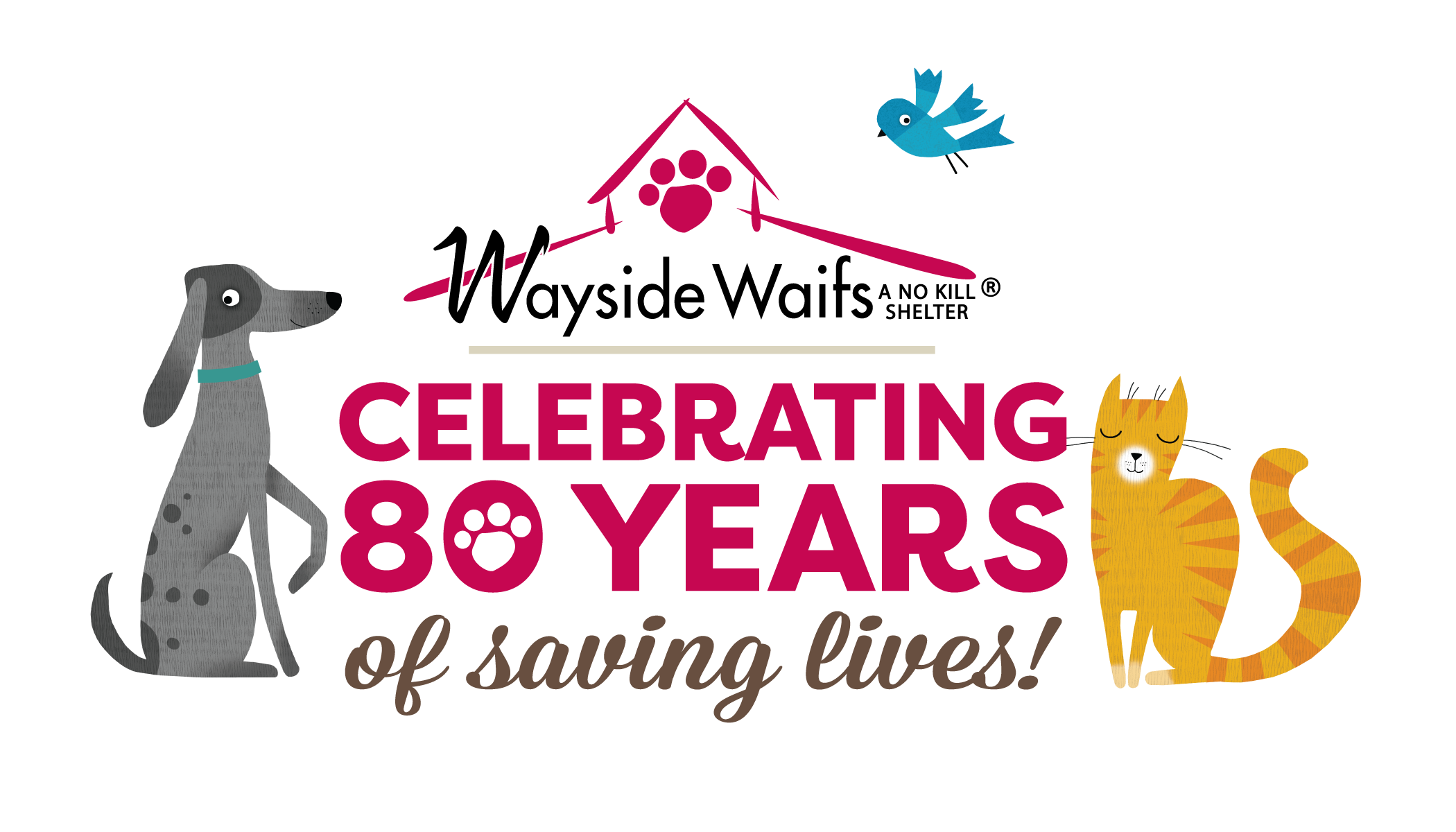The first step with any behavioral issue is to take your cat to the veterinarian for a full evaluation. Cats are very stoic animals and will hide illness and injury. Sometimes our only clue that something is physically wrong is a behavioral symptom. Many behavioral modification programs can begin in conjunction with or shortly after your trip to the veterinarian.

Preventing behavior problems begins with understanding your kitten’s behavior and providing appropriate experiences for their natural behaviors. Kittens need to play, explore, scratch and develop social skills. The variety of experiences your kitten encounters early in development will have an effect of her personality as an adult.
The fearless curiosity of young kittens usually begins to change around 8 weeks of age. It is around this time that most kittens are gaining independence from their mother and need to have a healthy apprehension towards new things. When first bringing your kitten home, make sure to spend several weeks introducing her to new people, places and experiences. It is important that every experience is positive. For example, invite a variety of people over to meet your kitten and provide a treat for your guest to give to the kitten. Keep the carrier out in the open and feed your kitten breakfast and dinner inside the carrier so she associates it with good things. Take her for short trips in the car to kitten play dates so she associates the car with a fun experience. Remember that the older your kitten gets the less adaptable she will be to new experiences. Be careful not to stress her out and go at her pace. It will have the opposite effect on her if she is getting overwhelmed and frightened. Start desensitizing your cat to being handled on different parts of the body including the ears, head, tail, paws, nails, and mouth. This will make nail trimming easier and help your cat not be as stressed during veterinarian visits. See also the article on Introducing Your Cat to the Litter Box.

Object play is strongest in a kitten between the ages of 9-16 weeks. During this time, kittens spend a huge amount of time exploring toys and other objects in their environment. To develop their motor skills, they will actively play by tossing and batting toys. They will test their ability to jump, twist and use fine paw motor skills. Provide a variety of toys to fulfill her natural prey and play drives. Smaller soft toys are great for grabbing and tossing across the room. Ping pong balls are perfect for batting across the floor and larger soft toy are for grabbing biting and kicking. Rotate which toys you leave out for your kitten to play with so she doesn’t get bored. Purchase interactive wand toys and integrate three to four 30 minutes play sessions into your daily routine during this phase of development. See also the article on Cat Toys and Interactive Play. The baby teeth will also be falling out at this stage so your kitten might increase biting behaviors. Be sure to have appropriate toys available in multiple locations of the home. Never use your hands or any other body part to play with your kitten. See also the article on ManagingYour Kitten’s Rough Play.

Continue socialization training throughout this stage but at a slower rate. Kittens should start to become a little more cautious around new items and people so let them move at their own pace.
Kittens move into the adolescent stage at around 17 weeks and do not reach physical maturity until a year old. Your kitten should be spayed or neutered by this time. Social play becomes more important than object play, but object play is still important. You may notice your kitten testing limits with other cats or even the people in the house. Part of this is normal development but keep an eye on conflicts in the home. See also the article on Cats in Conflict. Evaluate the overall environment, including litter boxes, food and water stations, resting areas and scratching posts. See also the articles on Setting Up the Environment for Your Cat. Continue rewarding good behaviors and working on basic training. Your cat will not reach social maturity until age 2-3 years. Some cats, especially if they are not spayed or neutered, might begin spraying, or urine-marking, at this age. See also Reducing Urine-Marking in Cats. Continue interactive play with your cat. You should be able to reduce the number of play sessions per day by this time unless you have a very active cat. Remember that these are natural behaviors for your cat, so enjoy this stage and encourage your kitten towards positive behavior. See also the article on Training your Cat Using Positive Reinforcement.
If after trying these suggestions you are still experiencing undesirable behaviors in your cat, SUBMIT QUESTIONS by clicking here Ask A Trainer.
Copyright 2023 Wayside Waifs – All rights reserved
